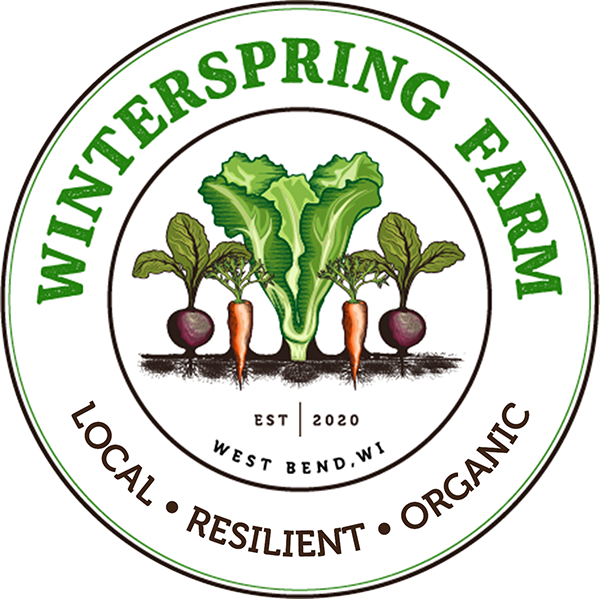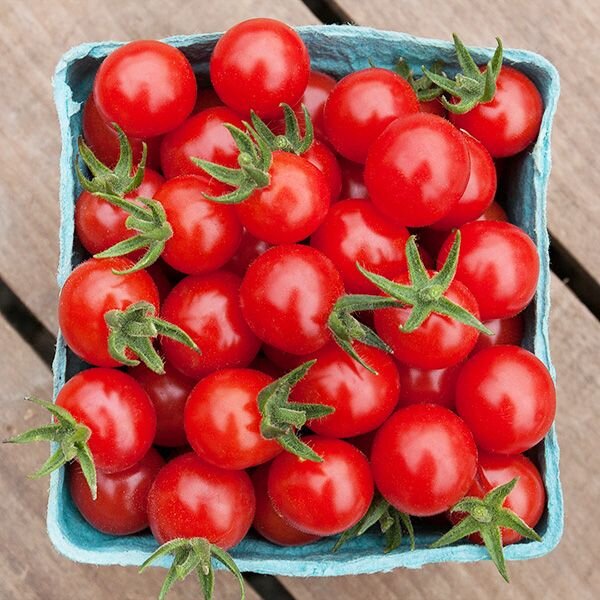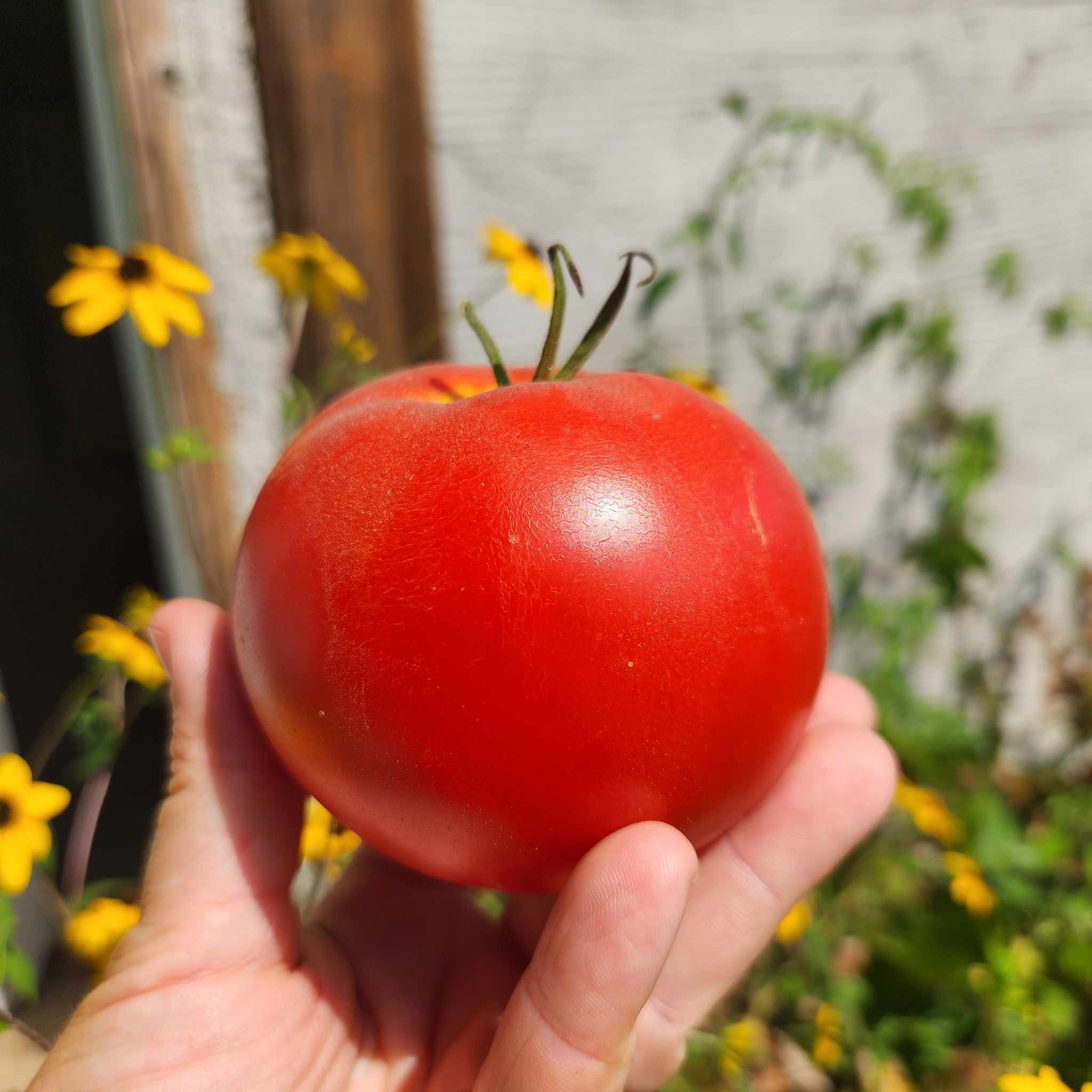Tomatoes
Culinary Use, Storage, & Benefits
Vegetable Profile: Tomato (Lycopersicon esculentum)
Description
Originally from Central and South America, tomatoes are now grown and beloved all over the world. They are available in an amazing array of varieties, and come in a number of different types: cherry, pear, roma, beefsteak, and slicers. These are one of the most demanding and rewarding crops on our farm, and summer wouldn't be the same without beautiful, juicy, flavorful tomatoes harvested ripe and fresh from the vine.
Nutrition
Tomatoes are cooling and hydrating. They are known for the antioxidant lycopene, which promotes healthy vision. This nutrient is actually higher in cooked tomatoes than in raw. Vine-ripened, fresh raw tomatoes are great sources of vitamin C, B complex, potassium, and phosphorus. They are rich in sugar and moderate fiber content.
Storage
The tomatoes we grow at Wellspring are not the same varieties grown on large scale farms to be shipped hundreds or thousands of miles. We grow tomatoes selected for superior flavor, disease resistance, and put special emphasis on heirloom varieties. Therefore, they are TENDER, bruise easily, and need to be used up quickly. Don't refrigerate them for best flavor. You can, however, freeze whole tomatoes in a freezer bag for cooking down later.
Use
Fresh: simply slice and add to dishes and sandwiches!
Cooked: add tomatoes to rice with spices for Spanish rice, or take low-moisture romas to cook down and make pasta sauce or tomato paste.
Sources:
The New Whole Foods Encyclopedia by Rebecca Wood
Asparagus to Zucchini by Fairshare Coalition
Produce: A fruit and vegetable lover's guide by Bruce Beck
Our own experience!













